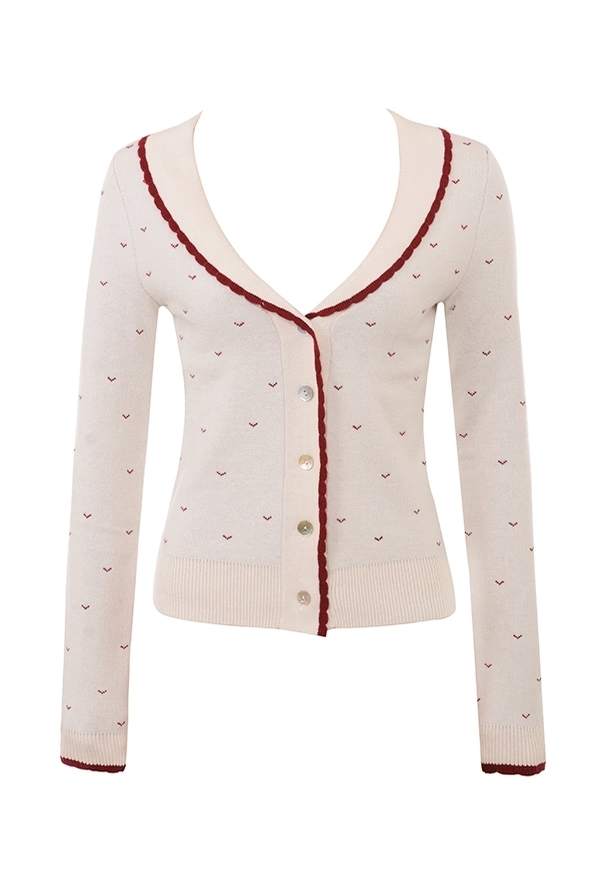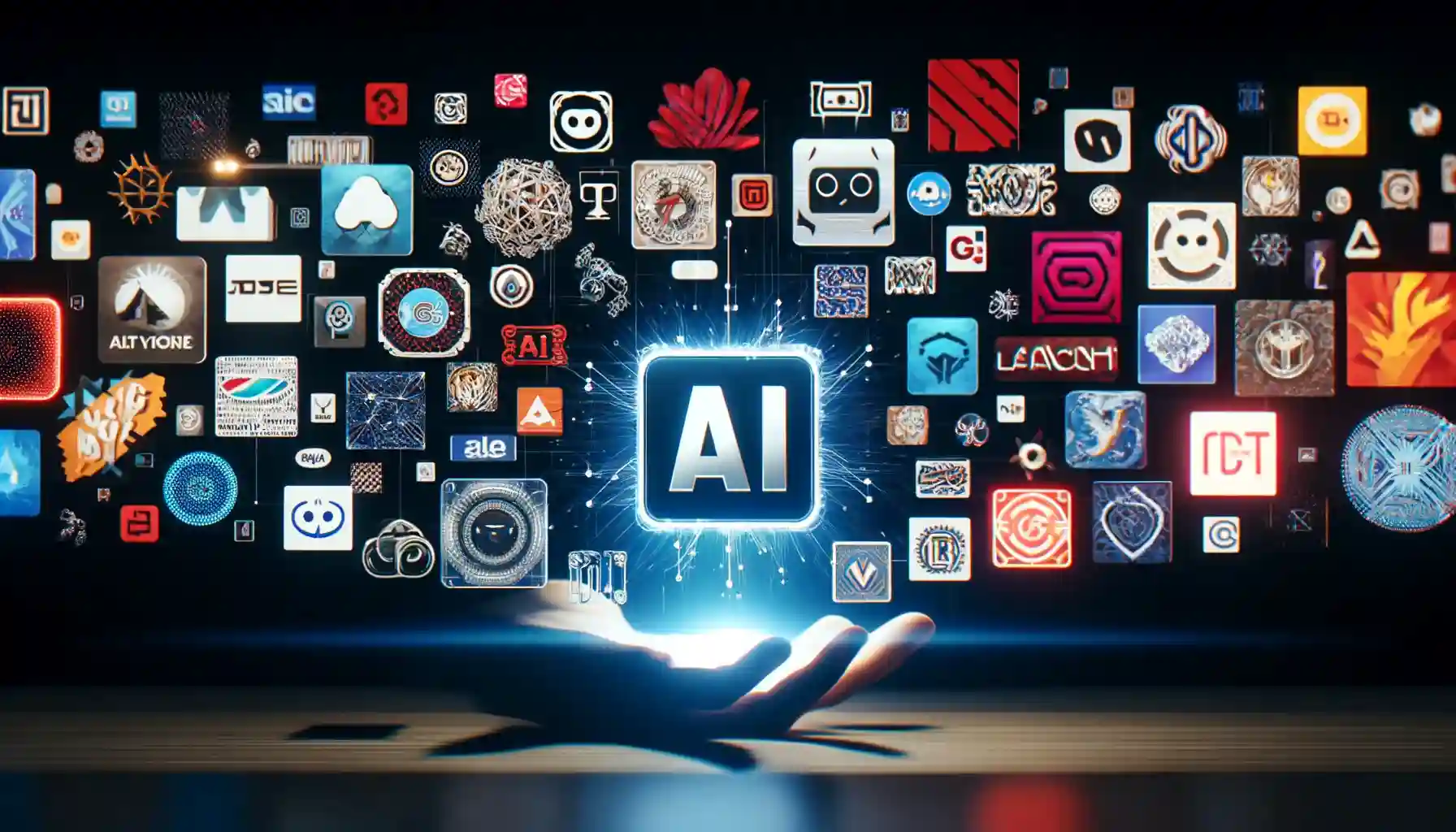AI online face swap tools have revolutionized how people create and share content, especially with the rise of online face swap applications. These tools use advanced algorithms to replace one face with another in photos or videos, producing results that often look incredibly realistic. With over 300 million downloads of face swap apps recorded globally in 2023, their popularity continues to soar. Whether for entertainment, marketing, or creative projects, these online face swap tools have found applications across industries like social media, gaming, and advertising. Approximately 85% of these apps now integrate AI, making the process smoother and more accessible than ever. From viral trends to professional campaigns, AI face swap technology has become a game-changer.
Understanding AI Online Face Swap Tools
What Are AI Online Face Swap Tools
AI face swap tools are software applications powered by artificial intelligence that replace one face with another in photos or videos. These tools rely on advanced technologies like deep learning and machine learning to create realistic swaps. They analyze facial features, expressions, and lighting conditions to ensure seamless integration.
Here’s how they work:
- Deep Learning Models: Generative Adversarial Networks (GANs) and autoencoders generate realistic face swaps by learning from vast datasets.
- Facial Expression Maintenance: AI adjusts the swapped face to match the original expressions, ensuring natural results.
- Texture Mapping and Blending: Skin tones and textures are blended to make the swap look convincing.
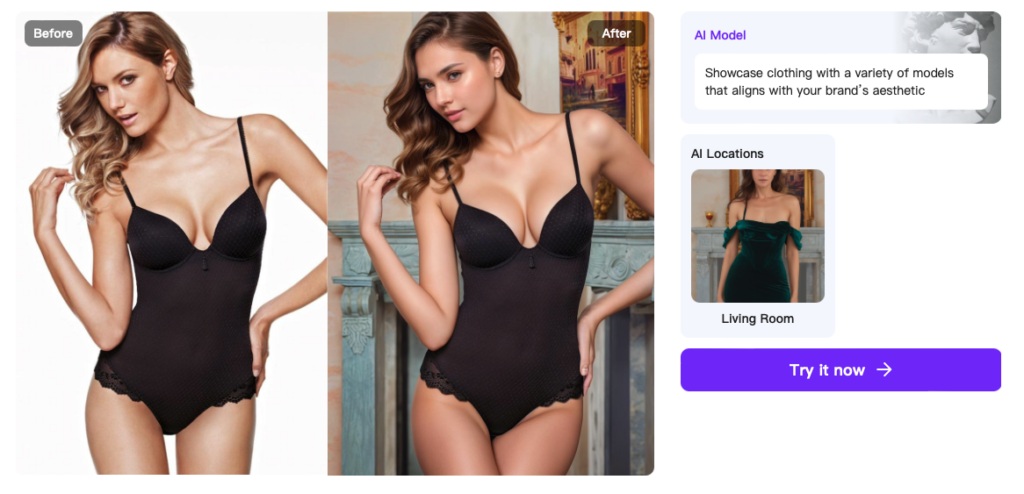
Unlike traditional photo editing software, AI face swap tools simplify the process. They feature real-time previews, and automated adjustments, making them accessible even for beginners.
Common Applications of AI Online Face Swapping
AI face swapping has become a popular trend across various industries. Here are some common uses:
- Social Media: Platforms like TikTok and Instagram thrive on face swap videos. Users create viral content, boosting engagement and creativity.
- Entertainment: Movies and TV shows use face swaps for storytelling. They allow filmmakers to create unique visuals and consistent character appearances.
- Marketing: Companies use face swap technology to personalize ads and branded content. This approach enhances relatability and audience connection.
From creating memes to professional filmmaking, these tools for AI face swap have transformed how people interact with digital media.
Benefits of Using AI for Online Face Swapping
AI face swap tools offer several advantages over manual editing methods. They automate the process, saving time and effort while delivering highly accurate results. By analyzing facial features and lighting, AI ensures natural-looking swaps that preserve the original image’s details.
Additionally, AI-powered tools refine skin textures and facial features, enhancing realism. Tools like CodeFormer and GPEN improve believability, while features like ‘face detailer’ allow for tailored adjustments. These innovations make AI face swaps more convincing than ever.
Whether for fun or professional use, AI face swap tools provide unmatched accuracy and ease of use. They empower users to create stunning visuals with minimal effort.
Step-by-Step Guide to Online Face Swap Tools
Choosing the Right AI Face Swap Tool
Free vs. Paid Options
When selecting an AI face swap tool, users often face the dilemma of choosing between free and paid options. Free tools like Microsoft Face Swap and Icons8 FaceSwapper are great for casual users. They offer basic functionality and are easy to use. However, they may lack advanced features or produce lower-quality results. Paid tools, such as Pixble and WeShop AI, provide high-quality outputs and additional customization options. These tools are ideal for professional projects where precision matters.
For those just starting, free tools can be a good introduction. Professionals or users seeking advanced features should consider investing in paid options for better results.
Features to Consider
Not all AI face swap tools are created equal. Here’s a quick guide to help you evaluate them:
| Factor | Description |
|---|---|
| User-Friendliness | Look for tools with intuitive interfaces and clear instructions. |
| Quality of Output | Ensure the tool produces realistic swaps with seamless blending of facial features. |
| Features Offered | Check for functionalities like video swapping, filters, and customization options. |
| Accessibility | Consider whether the tool is web-based or app-based and its compatibility with your devices. |
By focusing on these factors, users can find a tool that meets their specific needs.
Preparing Images for AI Online Face Swap
Importance of Image Quality
Image quality plays a crucial role in achieving realistic results. High-resolution images with sharp details and proper lighting allow the AI to analyze facial features accurately. Poor-quality images often lead to distorted or unnatural swaps.
To get the best results:
- Use high-resolution photos with clear facial features.
- Avoid blurry or pixelated images.
- Ensure proper alignment of the faces in the source and target images.
High-quality images make the editing process smoother and enhance the final output.
Ensuring Proper Lighting and Angles
Lighting and angles significantly impact the success of an AI face swap. Faces captured in similar lighting conditions and angles blend more naturally. For example, swapping a face lit from the left onto one lit from the right can create mismatched shadows.
Follow these tips and tricks for efficient AI face swapping:
- Use images with even lighting to avoid harsh shadows.
- Match the angles of the source and target faces for better alignment.
- Avoid extreme poses or tilted faces, as they can complicate the swap.
Proper preparation ensures the AI can apply the face swap seamlessly.
Applying the AI Online Face Swap
Uploading and Aligning Faces
The first step in applying an AI face swap is uploading the images. Most tools, like WeShop AI and Faceswapper.ai, guide users through this process. Once uploaded, the software detects and aligns the faces automatically. This step ensures the facial features match perfectly.
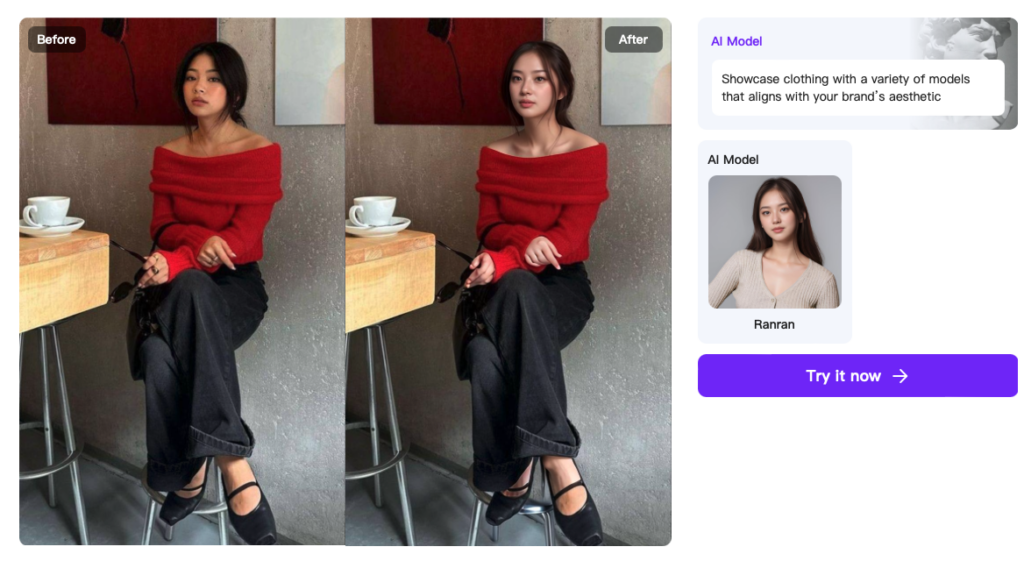
For better results, users should:
- Choose images with similar facial expressions.
- Remove any obstructions, like glasses or hats, that might interfere with alignment.
Accurate alignment is key to achieving a natural-looking swap.
Adjusting Settings for Realistic Results
After aligning the faces, users can fine-tune the settings to enhance realism. Many tools offer options for color correction, lighting adjustments, and texture blending. Features like CodeFormer and GPFGAN refine skin textures, making the swap more convincing.
Here’s how to enhance the realism:
- Adjust brightness and contrast to match the source and target images.
- Use blending tools to smooth out edges and transitions.
- Experiment with advanced settings, like facial detailers, for a polished look.
These adjustments ensure the final image looks seamless and professional.
Tips for Achieving Natural-Looking AI Online Face Swaps
Aligning Faces Accurately
Accurate face alignment is the foundation of a successful AI face swap. Misaligned faces can lead to distorted results, making the swap look unnatural. To ensure precise alignment, users can rely on image processing algorithms that automatically map facial features. These algorithms identify key points like the eyes, nose, and mouth, ensuring the swapped face fits perfectly.
For those who want more control, manual adjustments can help. Placing reference points on facial features allows users to align faces in both images. Transformation tools also come in handy. They let users resize, rotate, or adjust proportions to match angles and dimensions. These steps ensure the faces blend seamlessly, creating a polished result.
Refining Details for Realism
Once the faces are aligned, refining the details takes the swap to the next level. Tools like CodeFormer and GPFGAN enhance skin textures and facial features, making the swap look more lifelike. These tools analyze the image and smooth out inconsistencies, ensuring the final output looks professional.
For users working with large volumes of images, resource-efficient tools like RestoreFormer are a great choice. They improve quality without requiring high computational power. Additionally, features like ComfyUI’s face detailer allow users to fine-tune noise levels and model settings. This level of customization helps preserve subtle expressions and details, adding depth to the swap.
Avoiding Common Face Swap Mistakes
Even with the best tools, mistakes can happen. One common issue is mismatched lighting. If the source and target faces have different lighting conditions, the swap may look unnatural. To avoid this, users should match lighting during the preparation stage.
Another mistake is ignoring facial proportions. Swapping faces with vastly different sizes or angles can result in awkward blends. Using transformation tools to adjust proportions can fix this. Lastly, over-editing can ruin realism. Subtle adjustments often produce better results than heavy-handed edits.
By following these tips and tricks for efficient AI face swapping, users can avoid common pitfalls and create stunning visuals. Whether using an online face swap tool or a more advanced application, attention to detail makes all the difference in the editing process.
Exploring Advanced Features for AI Online Face Swap and More
Adding Filters and Effects
Filters and effects can elevate the quality of an AI face swap, making it more engaging and professional. Many tools offer advanced options to refine the final output. These features not only enhance realism but also add a creative touch to your projects.
Here’s a quick look at some techniques that can be applied to AI face swaps:
| Technique | Description |
|---|---|
| Realistic Texture Mapping | Transfers skin tones and facial textures seamlessly to enhance realism. |
| Blending Techniques | Smooths edges between the swapped face and background, eliminating visible seams. |
| Facial Expression Maintenance | Adjusts the target face to match the expressions and movements of the source face for a natural look. |
| Facial Alignment Adjustment | Uses reference points to align facial features accurately, improving the quality of the face swap. |
These features are especially useful for creative video editing, where attention to detail can make a significant difference. Experimenting with filters and effects allows users to achieve a polished and professional look.
Adjusting Skin Tones and Textures
Matching skin tones and textures is crucial for creating realistic AI face swaps. Tools like CodeFormer and GPFGANexcel at refining these details. They analyze the source and target faces to ensure seamless blending.
To achieve the best results:
- Use high-quality images with consistent lighting.
- Adjust brightness and contrast to match the source and target faces.
- Apply texture mapping to smooth out inconsistencies.
These adjustments help maintain the natural appearance of the swapped face. They also prevent mismatched tones, which can make the swap look artificial.
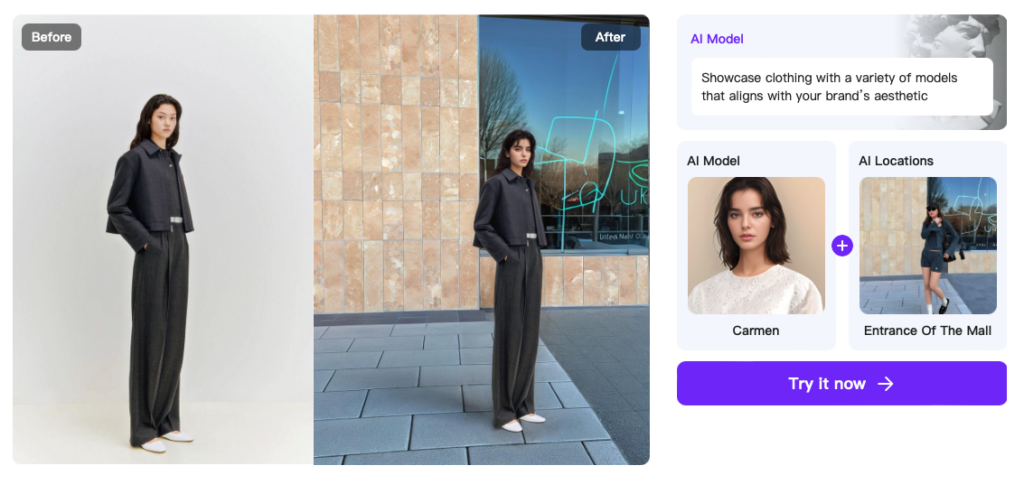
AI face swap tools have opened up endless possibilities for creativity and innovation. They’re easy to use, making them accessible to both beginners and professionals. By following a few key steps, anyone can achieve stunning results. For beginners, it’s important to use high-quality images, match angles and expressions, and avoid obstructions like glasses. These simple tips ensure seamless swaps and realistic outcomes.
From viral social media trends to professional applications like marketing and gaming, these tools have proven their versatility. AI video face swap features, in particular, allow users to create dynamic and engaging content. Whether you’re crafting personalized ads or experimenting with creative projects, these tools make it easy to bring your ideas to life. Don’t hesitate to explore advanced features like texture mapping or filters to unlock their full potential. With a little practice, you can create visuals that truly stand out.

